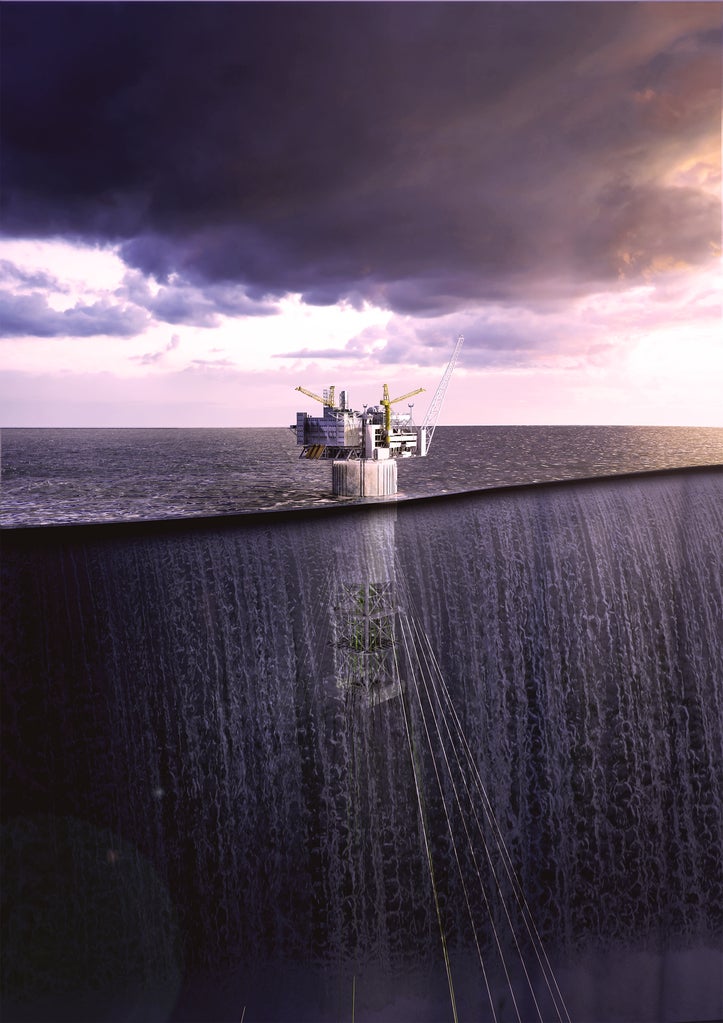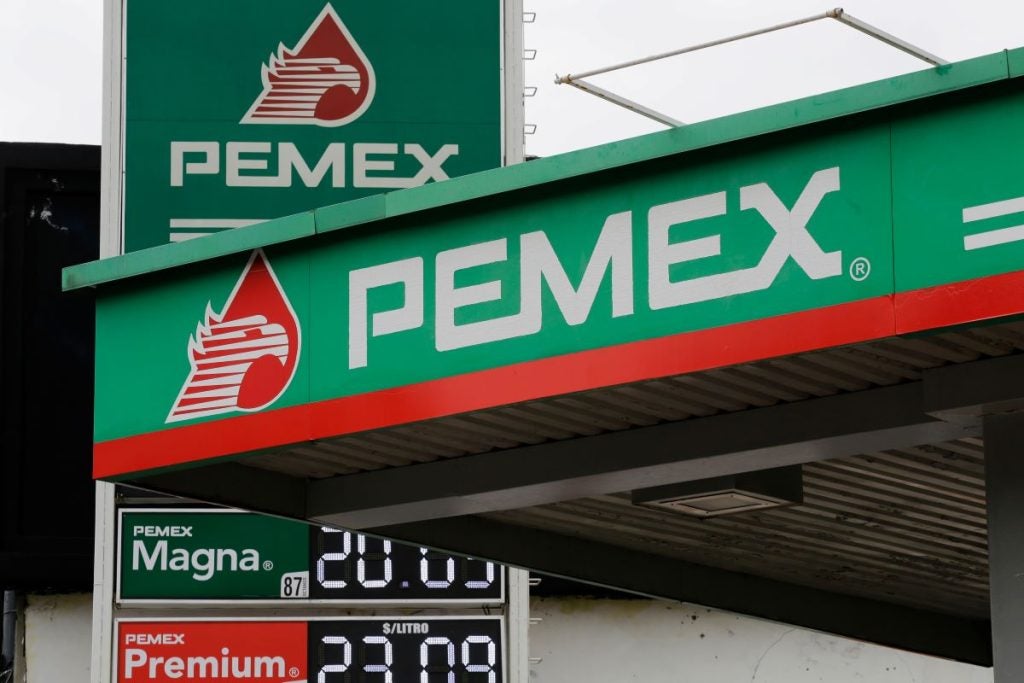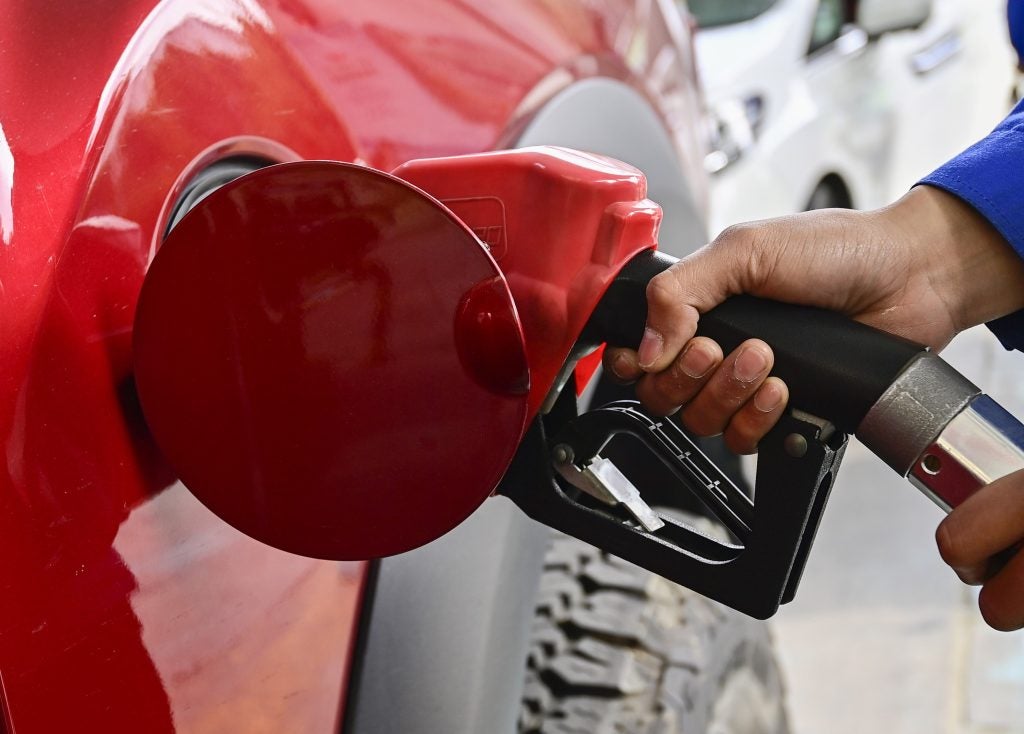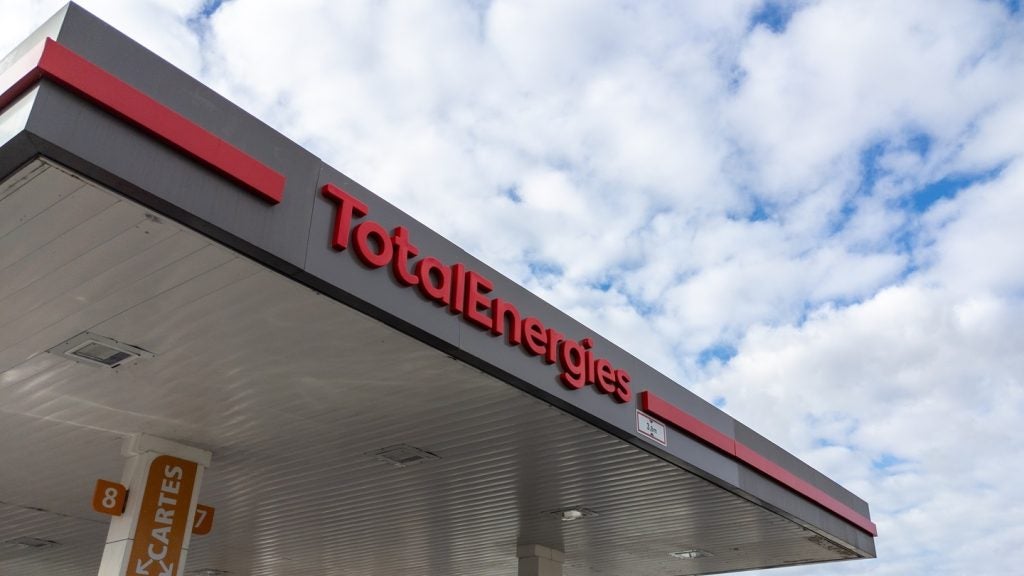
If often feels as if there is an abundance of media coverage about oil and gas decommissioning, but comparatively little about the more upbeat end of the upstream energy lifecycle – bringing new oil and gas plays online quickly and on budget.
Tech giant ABB did its bit to redress the balance recently with the announcement that it is set to deliver what it believes to be the world’s fastest upstream start-up, employing a suite of digital solutions to bring the Aasta Hansteen gas field in the Norwegian Sea online by the end of the year.
Operated by Equinor, Aasta Hansteen is located around 320km west of Bodø, Norway in water depths of 1,270m, the first time equipment been installed that deep on the Norwegian Shelf. It also features a SPAR platform, the first of its kind in Norway and the largest in the world at 70,000t.
The facility is also the first in the world with a condensate storage tank, but perhaps most impressive of all is the speed at which ABB intends to bring it online using its proprietary AbilityTM solution.
“Our teams went through the start-up steps, identified and defined obstacles that needed to be improved, then used our ABB Ability™ System 800xA simulator to do a virtual start-up of the plant,” said Per Erik Holsten, managing director for ABB Oil, Gas and Chemicals.
“At this stage we made a lot of improvements for starting up and operating the plant. Through automating much of the process we managed to reduce a complex set of manual interventions to just 20, which means we are all set to deliver what we believe to be the world’s fastest start-up at first gas.”
How well do you really know your competitors?
Access the most comprehensive Company Profiles on the market, powered by GlobalData. Save hours of research. Gain competitive edge.

Thank you!
Your download email will arrive shortly
Not ready to buy yet? Download a free sample
We are confident about the unique quality of our Company Profiles. However, we want you to make the most beneficial decision for your business, so we offer a free sample that you can download by submitting the below form
By GlobalDataFast track: bringing Aasta Hansteen online
ABB’s cross-sector Ability technology minimises risk, reduces the occurrence of unplanned and expensive equipment downtime, improves safety and productivity, and generates energy savings.
In the context of Equinor’s Aasta Hansteen gas field that meant reducing more than 1,000 time-consuming manual interventions to as few as possible during the various project phases, from the initial feed stage to commissioning.
“To use an analogy, before you start an airplane flight the pilot and the co-pilot will sit in the cockpit and go through their checklist, everything from manually checking that the flaps go up and down to making sure the windscreen wipers are moving,” explains Martin Kjall Ohlsson, ABB marketing manager for Oil, Gas and Chemicals (Norway Hub).
“This process is very similar to starting a gas processing plant, in that you have a manual application checklist that you have to go through. What we have done at ABB is automated those steps and checks.”
ABB claims it reduced these processes – everything from testing control loops to running simulations on rotating equipment – to a series of buttons that are “as simple as starting a car”, estimating it saved about 40 days, as well as nearly 2,700 additional man-hours, during commissioning by using the ABB Ability System 800xA simulator to identify and improve 57 areas ahead of the start-up procedure.
The solution is just one element of a much larger suite of ABB digital technologies at Aasta Hansteen, including a simulator that conducts a virtual start-up of the plant.
The company is also using a condition monitoring system to check more than 100,000 maintenance conditions from more than 4,000 pieces of equipment; alarm management and alarm rationalisation tools; delivery of several safety-critical applications; data storage solution to store alarms and events easily; and third-party system integration of critical data traffic.
The connected plant
According to Marius Aarset, vice president of advanced services and products for Oil, Gas and Chemicals (Norway Hub) at ABB, delays in commissioning typically take 12 to 18 months.
“There are common issues at a basic level like a valve going the wrong way,” he told Hart Energy, adding that part of the issue is a lack of focus on operability as well as a dearth of effective feedback.
“So, what you see is that, even though a plant is built to specification, there are still a lot of issues, like a valve going a different way to what the operator thinks it should or control structures around one or more compressors, which probably work, but are more or less impossible for the operator to understand,” he said.
The challenge is that these issues go unnoticed until start-up and then cause expensive delays.
“In the operation of oil and gas projects there are lots of different automation and instrument competencies and disciplines required for the project to run smoothly,” confirmed Holsten.
“In upstream greenfield sites such as Aasta Hansteen, ABB is one of the few companies that is sufficiently skilled and resourced to connect the different parts of the jigsaw together to provide a truly connected plant.”
Plug and play: maximising recovery from ‘small pools’
Another method of developing oil and gas fields more quickly and efficiently is ‘plug and play’, a concept borrowed from the computing and space industries.
Equipment is designed to be connected, operated and reused more simply and efficiently to reduce the cost of developing ‘small pools’, discoveries of oil or gas accumulations under 50 million barrels of oil equivalent.
The UK’s Oil & Gas Technology Centre is backing four subsea ‘plug and play’ projects to help unlock the 3.4bn barrels of oil and gas in these marginal fields on the UK Continental Shelf (UKCS).
“We’re supporting Flexlife, and its partners Proserv, Infinity, DeepOcean and Axis, to develop a standardised tie-back bundle, with integrated pipeline and umbilical, and a subsea manifold that can be reused between field developments,” said Carlo Procaccini, head of technology at the Oil and Gas Authority.
“A standardised bundle could simplify the design and manufacture of small pool field developments, bringing them online quicker and reducing costs.”
As for ABB, the company is already working on ‘auto-pilot’ systems for ramping up wells.
“There’s a way to go [to full automation], but there are elements that can be implemented,” said Borghild Lunde, the firm’s senior vice president for Oil, Gas and Chemicals (Norway Hub).
“This is part of a bigger picture, there is a movement. In the last couple of years, we have seen a change. Digital is now more on the agenda and there’s more acceptance that you can do more with software. These are additional skills and there’s been a willingness to investigate and use them.”







